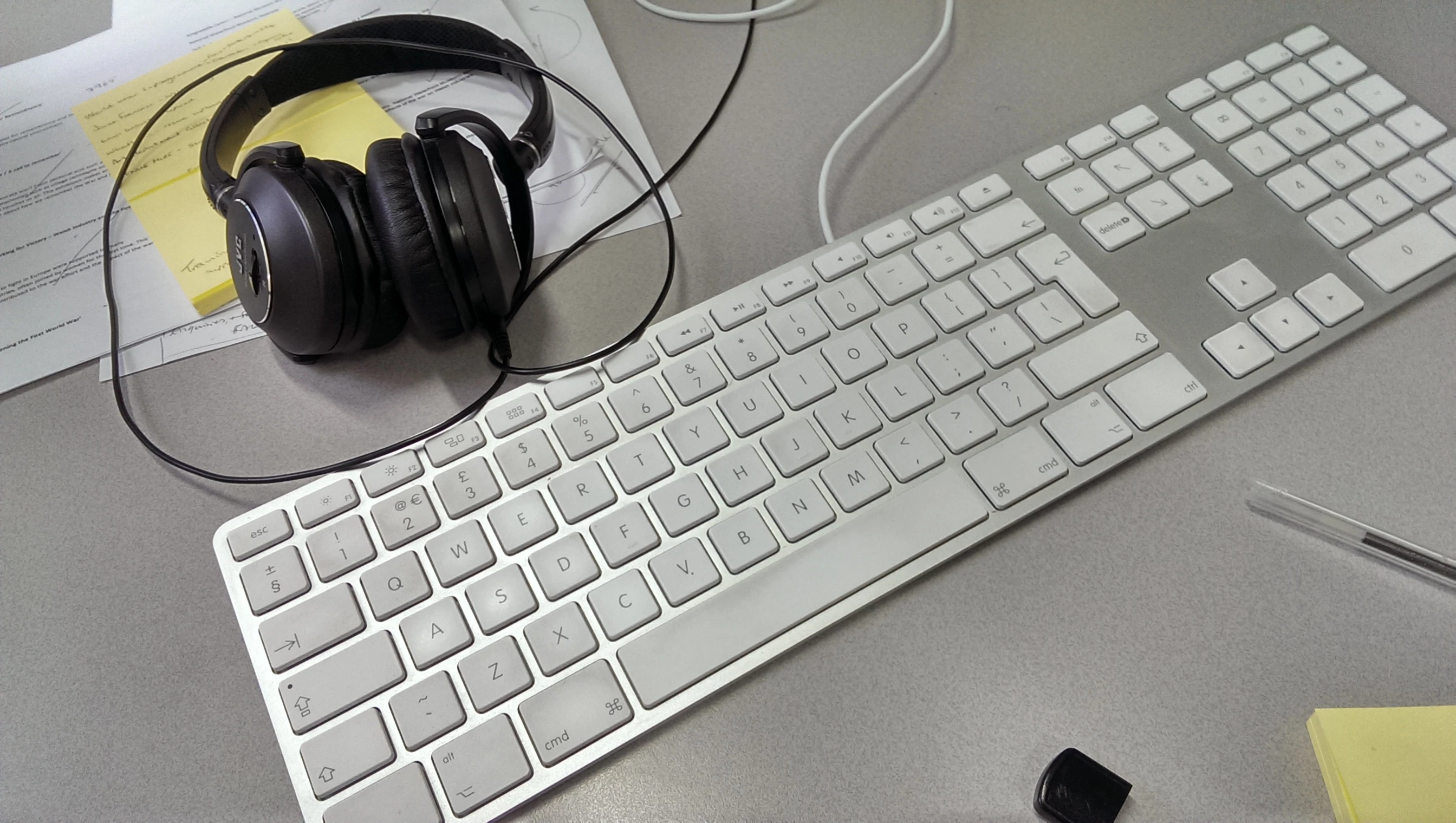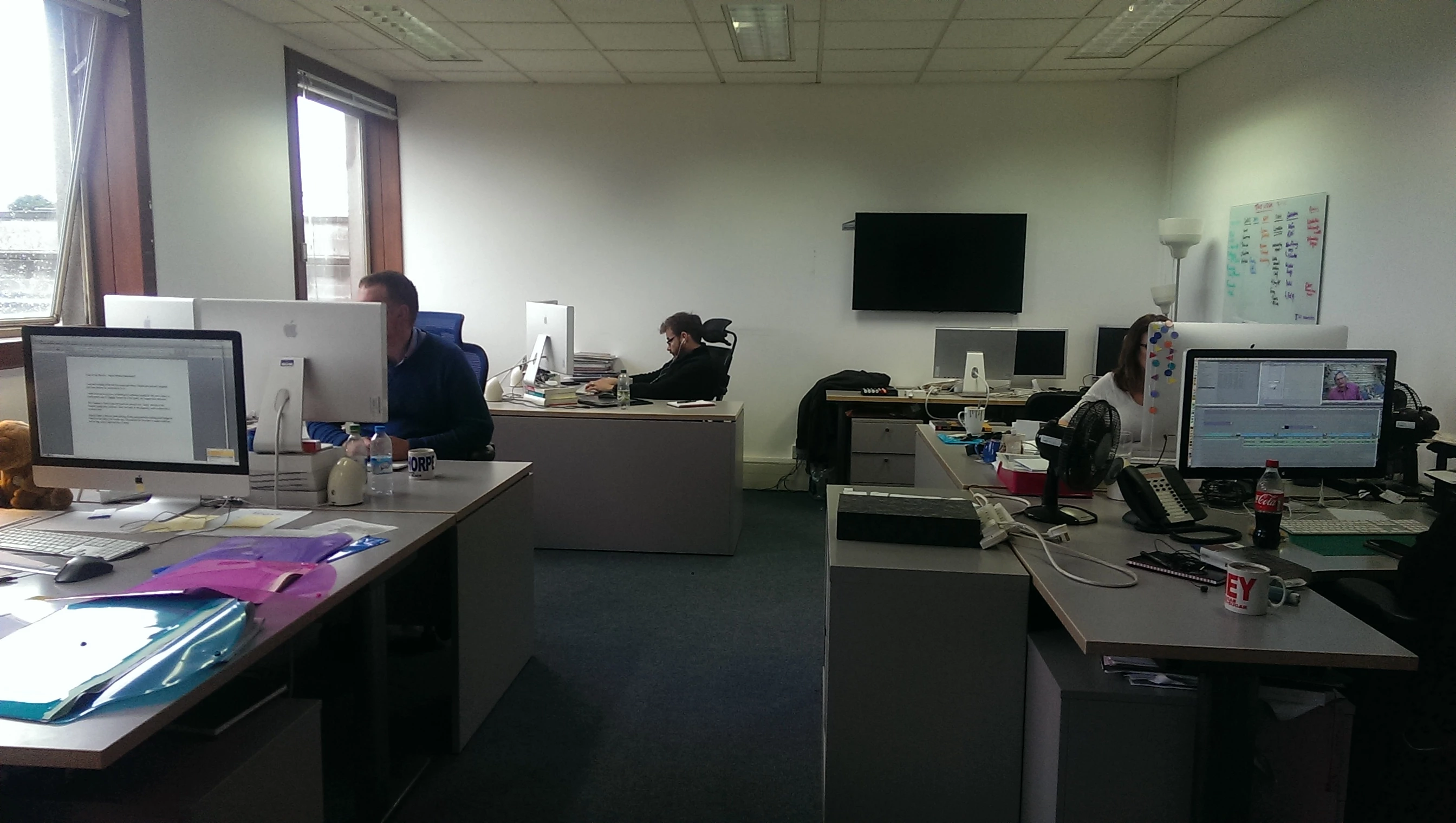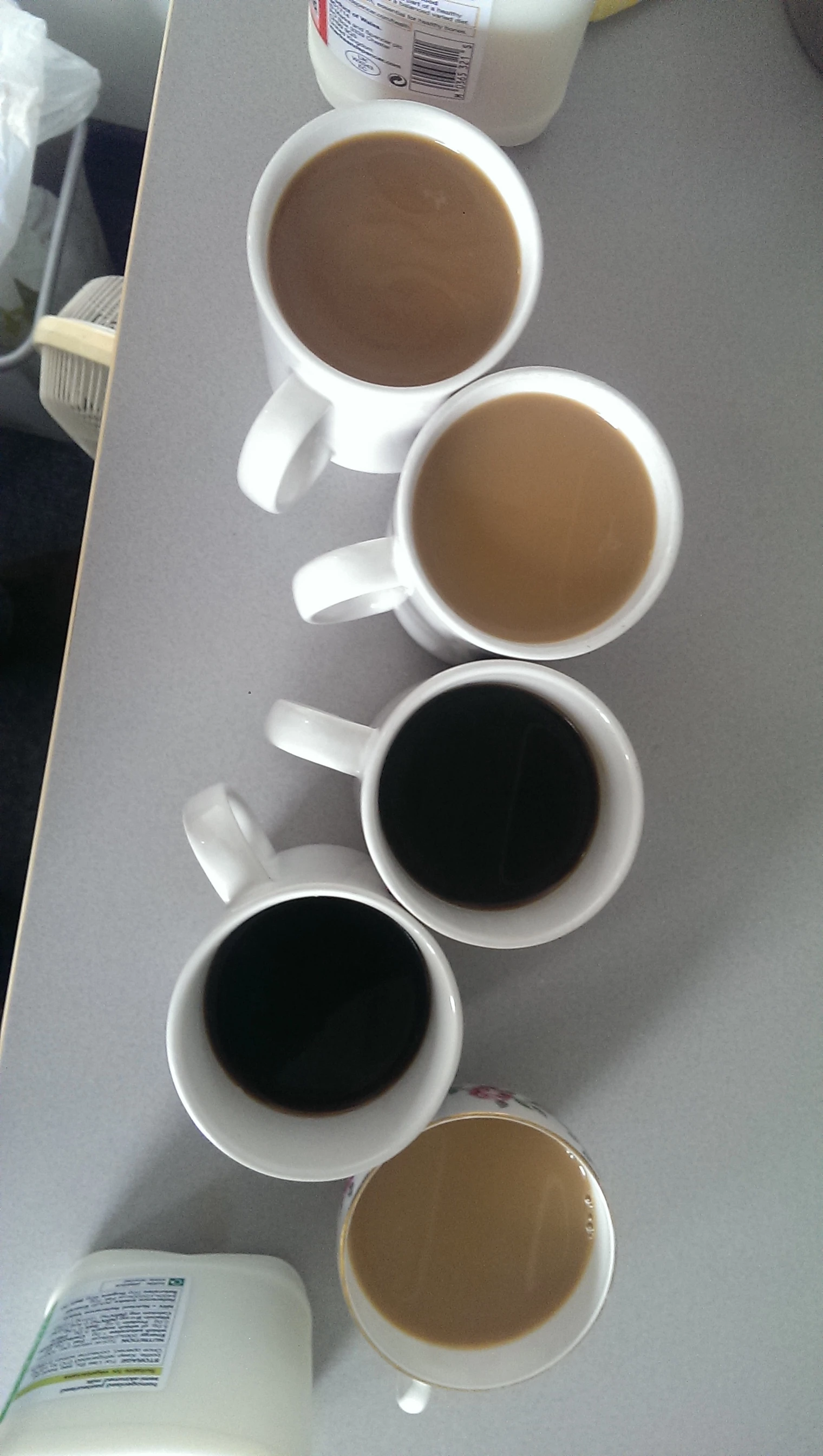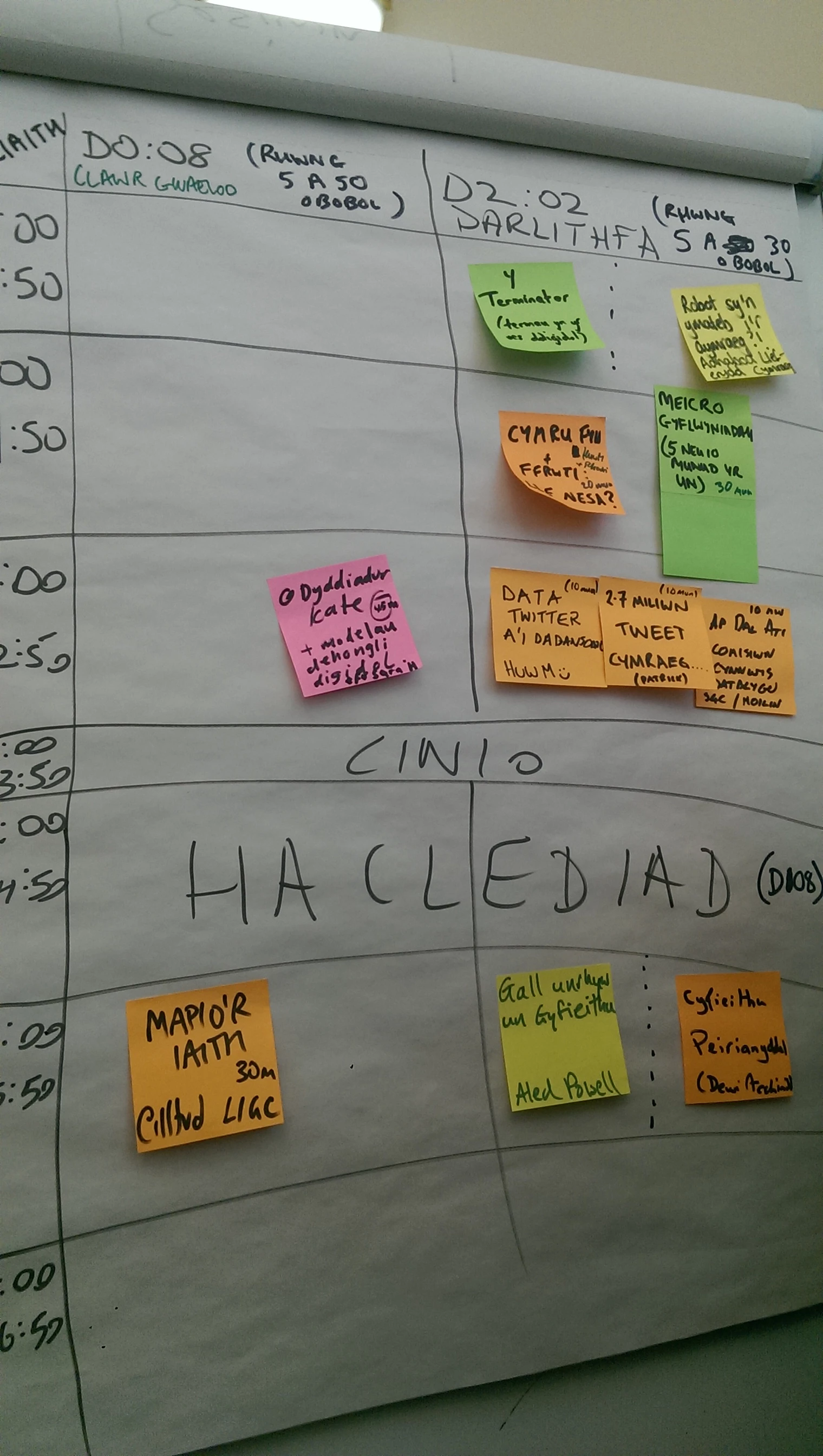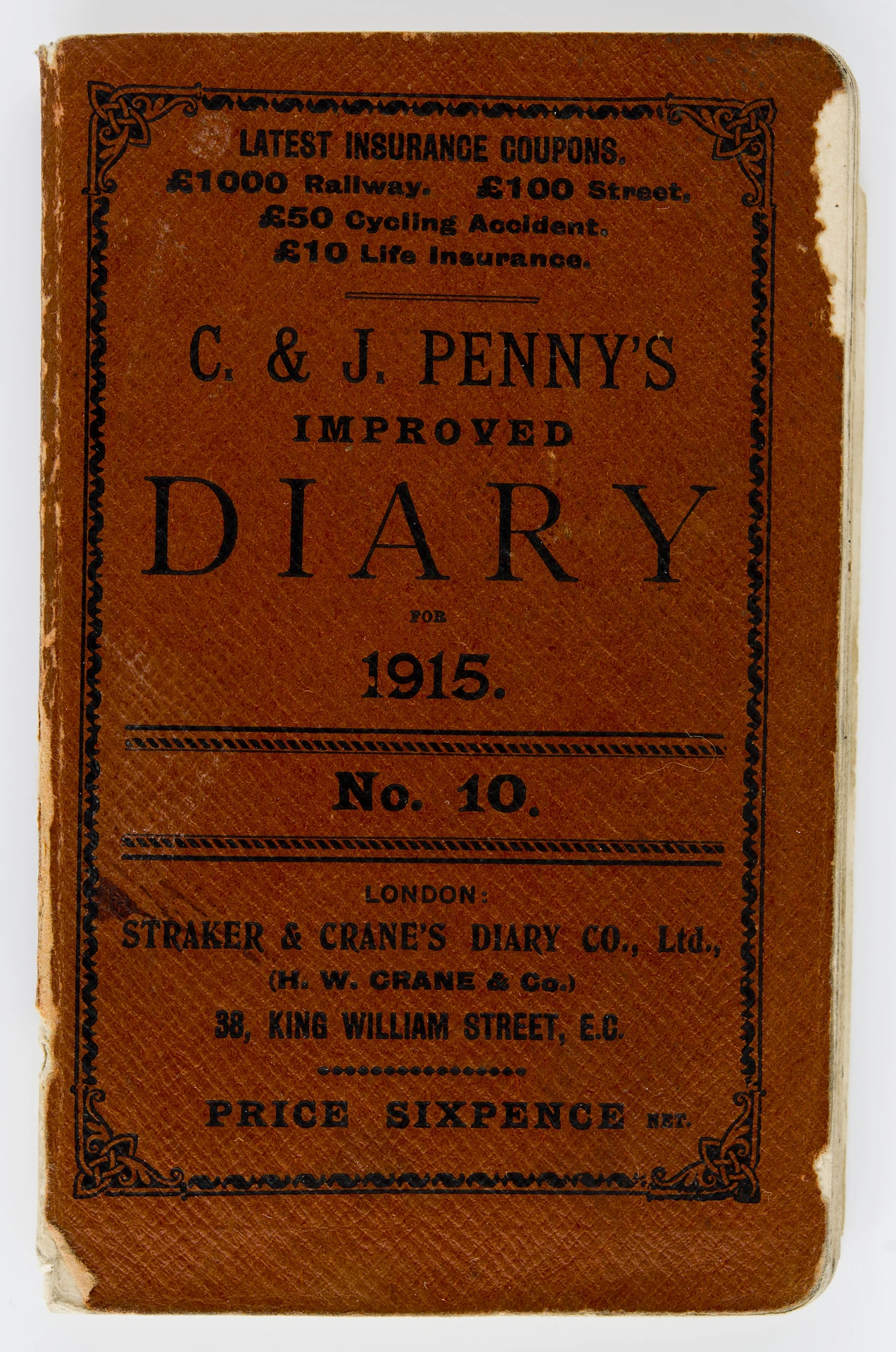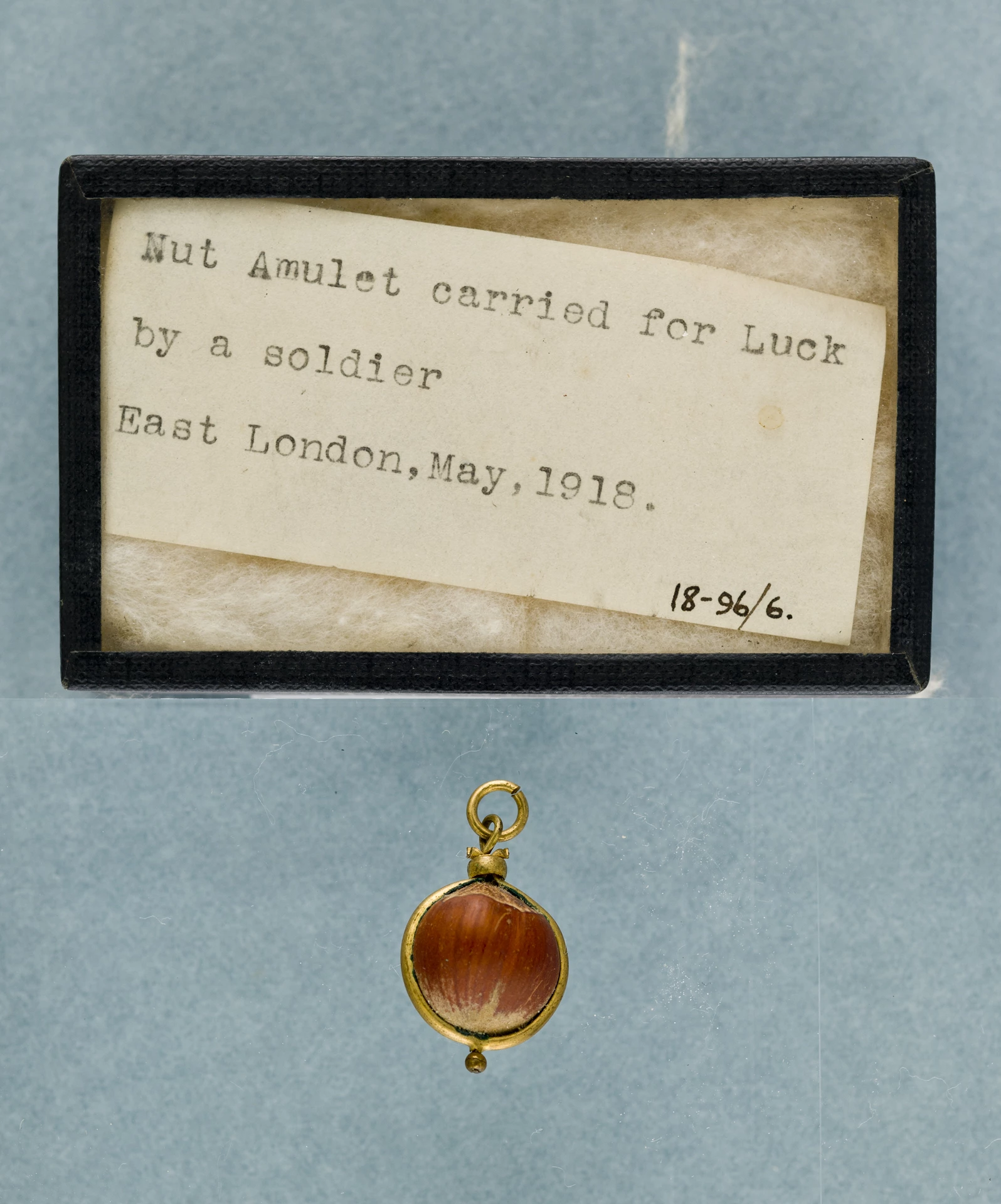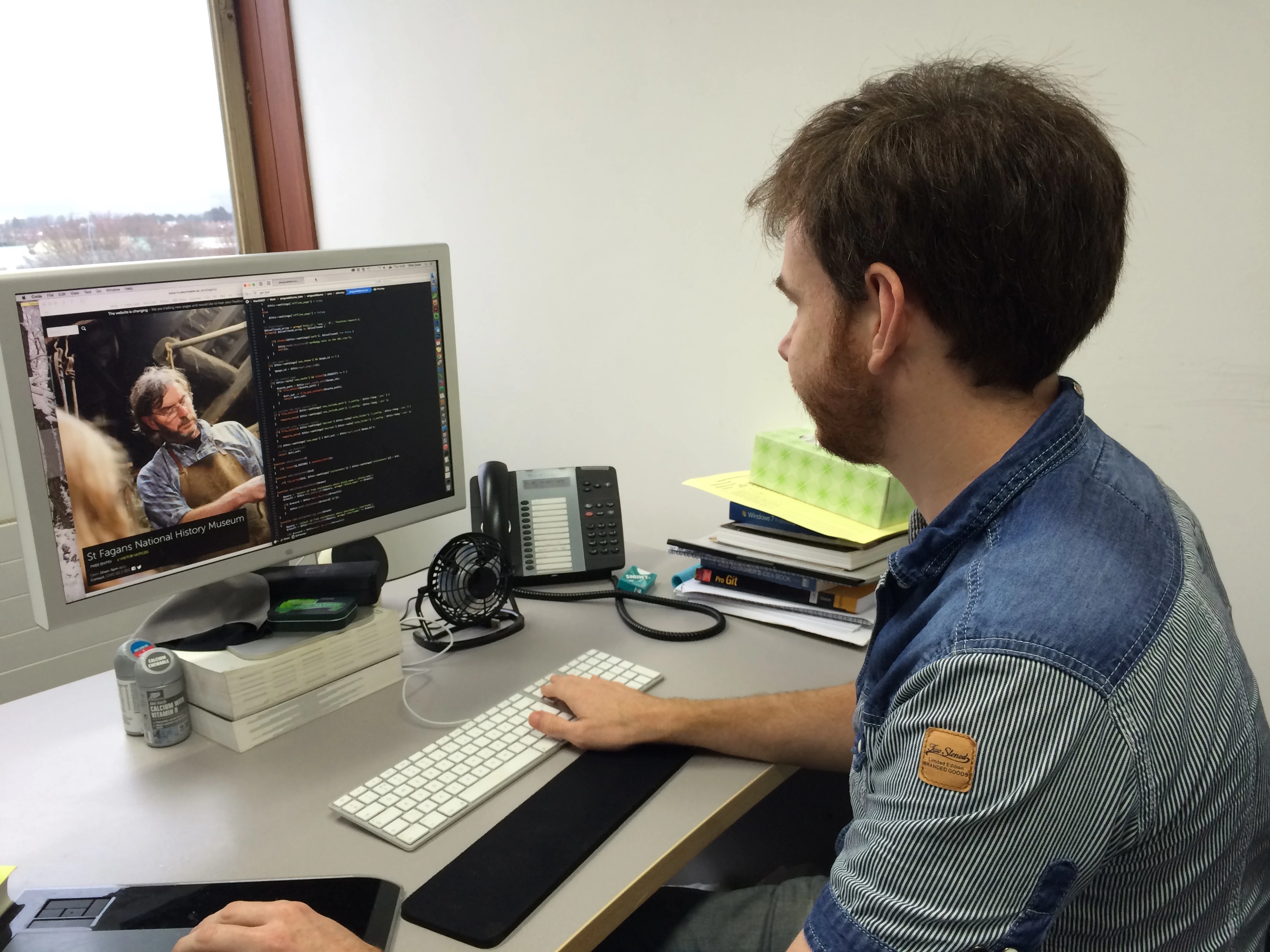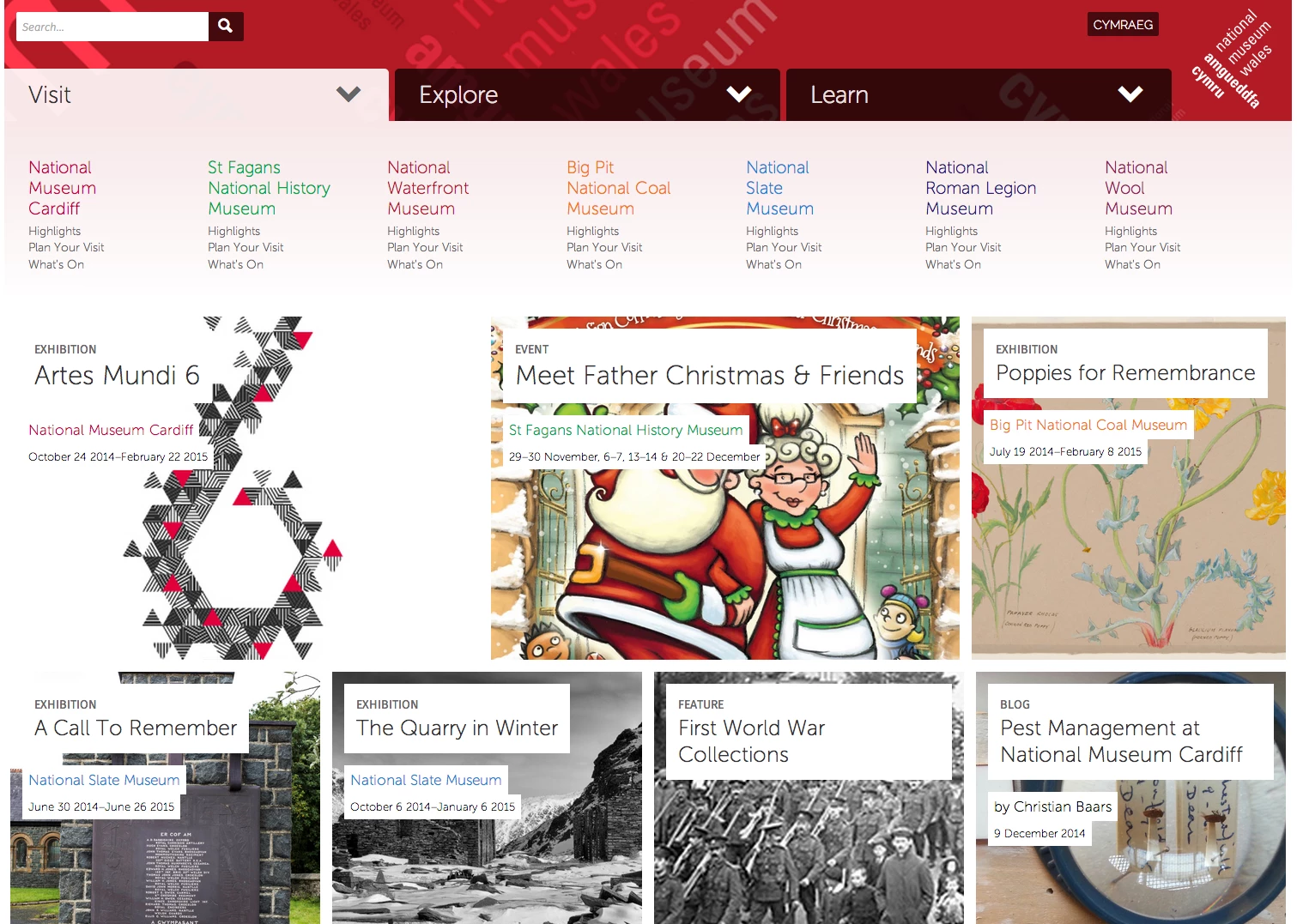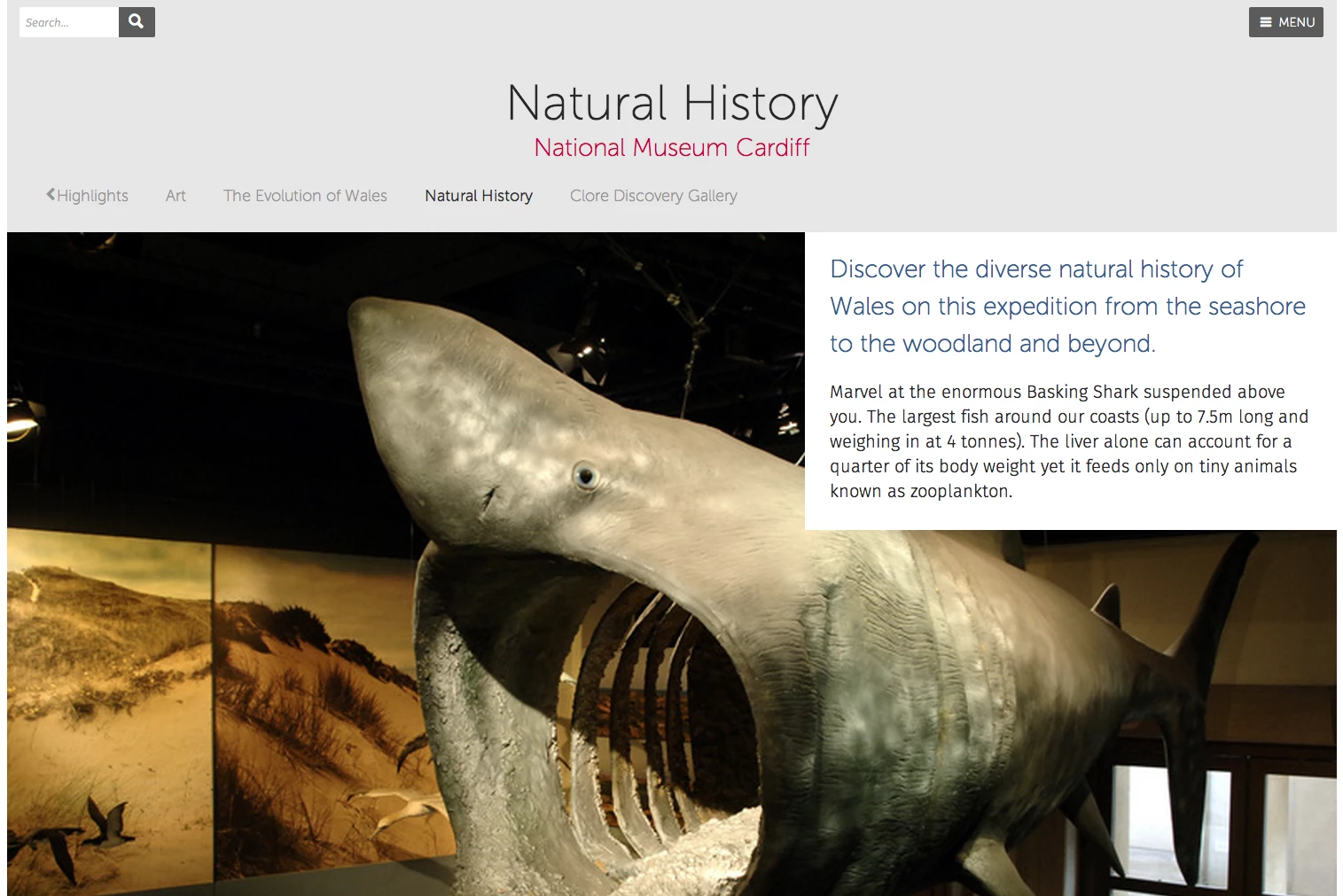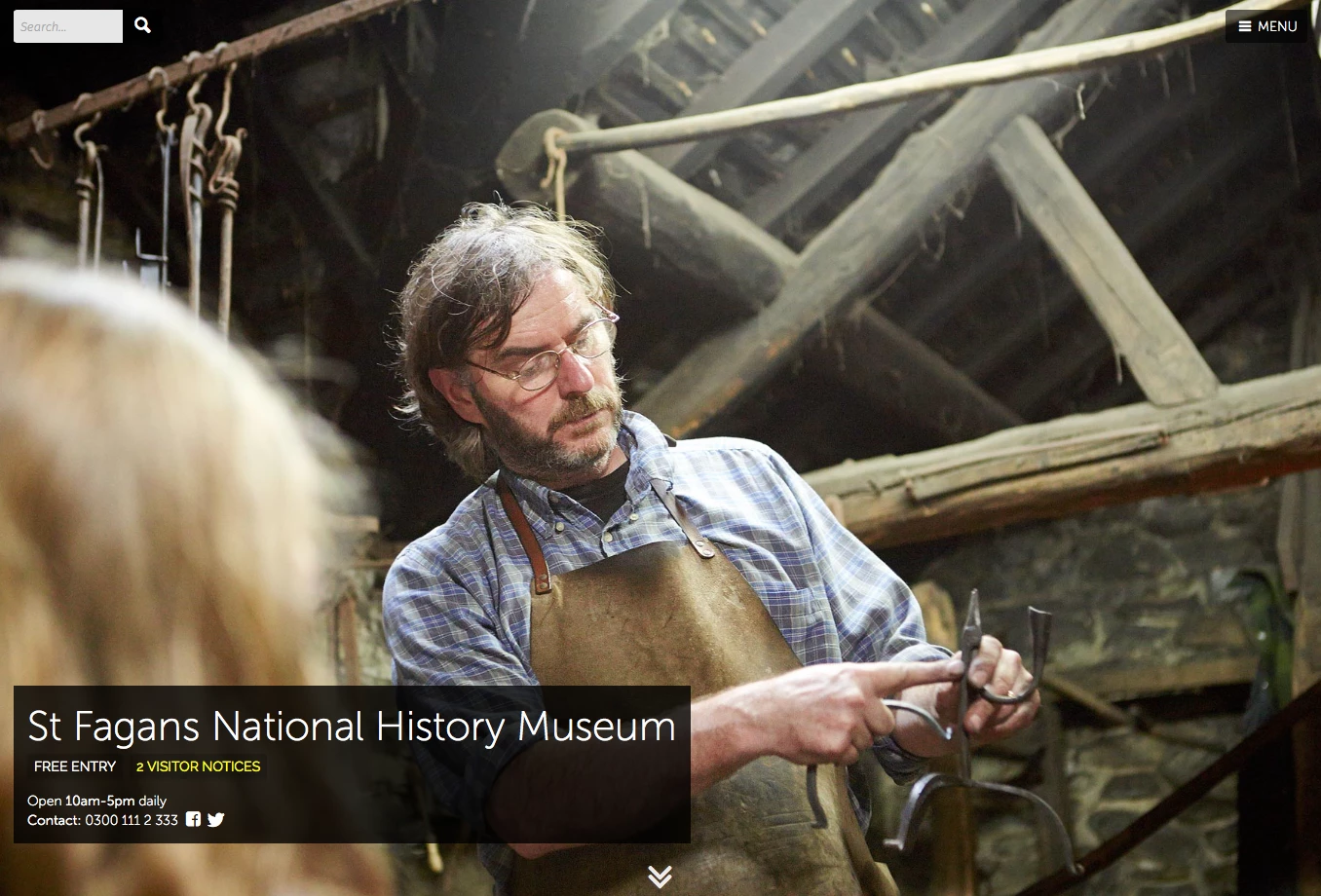A day in the life of… the Digital Media Department
, 14 May 2015
I was just making coffee for the team and when I looked around at everyone beavering away at their desks - and realised just how diverse the work we do is… Take this afternoon as an example:
Kay Hanson, our Peoples Collection Wales Technical Officer is fresh from the launch of a brand new “Learn’ section of the People's Collection Wales website – over six months in the planning, such a milestone is no mean feat. The result is the combination of thousands of assets from the main heritage institutions around Wales as well as content contributed from the public and filters all this data according to what educational purpose you require. Give it a go yourself at: www.peoplescollection.wales, what will you learn?
Rhodry Viney our Web Officer (and Final Cut Pro guru) is hard at work editing, slicing and generally making good the video he filmed in the field a few weeks ago with our scientists and paleontologists. It'll be ready soon, but in the meantime I’ll give you a clue… it’s big, it’s extinct and it had lots of teeth. (Shhhhh!!)
Chris Owen our Web Manager is working hard on creating exiting new sections for our website, where all the collections content is brought together in the most user-friendly way possible. Not an easy task given we have 7 physical sites, 5 main collecting departments, hundreds of staff and millions of collections… oh yeah, and two languages to consider!
Dave Thorpe, Senior Developer is tweaking his very popular audio guides, developed as a first for Amgueddfa Cymru – for the new exhibition: Chalkie Davies: The NME Years at National Museum Cardiff. The exhibition focuses its interpretation on an audio guide you access through your own mobile device. Given the theme of the gallery is based around photographs captured in the 1970’s, bringing our new mobile era into the mix is very interesting. He’s also fine tuning some super duper interactives in the gallery. But come and visit the show for yourself to witness his handywork first hand!
Myself, I’m the Digital Programmes Manager and have been up to my eyes in fleshing out software/digital briefs for the new galleries in development at St. Fagans. Funded by a HLF grant, the largest ever awarded in Wales, the plans are ambitious and exciting. Not due to open until 2017/18, it's all about planning at this stage so I’m surrounded by spreadsheets, tables and forms - what a good time to stop for a coffee break and to knock out a quick blog post!
